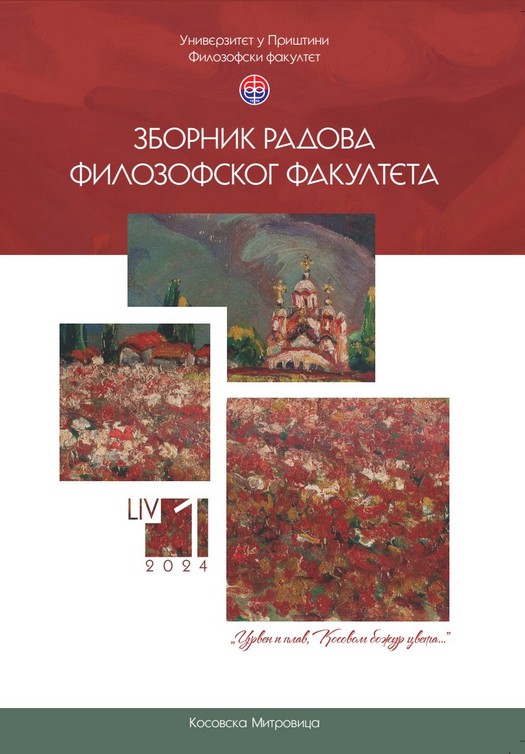Прилог за анализу привреде Социјалистичке Аутономне Покрајине Косово 1974–1981.
A Contribution for the Analysis of the Economy of the Socialist Autonomous Province of Kosovo 1974–1981
Author(s): Uroš MiketićSubject(s): Post-War period (1950 - 1989)
Published by: Филозофски факултет, Универзитет у Приштини
Keywords: economy; Yugoslavia; Serbia; Kosovo; Serbs; Albanians.
Summary/Abstract: The economy of Kosovo entered the period 1974–1981 burdened with numerous problems. Constitutional changes led to the economy of the republics and provinces being divided into special systems. The leaders of Kosovo were adamant about using raw materials instead of the manufacturing sector, which would create more jobs. As a result, agriculture fell further and further behind, so the difference in development between industrial and agricultural municipalities was increasingly visible.Yugoslavia and Serbia generously financed Kosovo through the Development Credit Fund for Economically Underdeveloped Areas and supplementary budget funds. Additionally, Kosovo had the greatest access to International Bank loans of any region. The more developed republics demonstrated little interest in funding Kosovo’s extravagant spending and incorrect economic policies, and Serbia was forced to allocate more money for Kosovo than for impoverished towns within its smaller borders. It was a common rumour in Priština that insufficient funds were allocated for Kosovo. The growing lag was not the result of a lack of funds but of the galloping birth rate of the Albanian community. Citizens, especially Albanians, believed that Serbia and Yugoslavia were taking advantage of them, which had political consequences in the 1981 demonstrations.One particular economic issue was unemployment. Given the policy of balancing the total number of employed Albanians with their participation in the population in terms of Albanian birth rates, it reflected more on Serbs and Montenegrins. The proportion of Albanians among the staff rose sharply and continuously, while the proportion of Serbs increased slightly, and the proportion of Montenegrins either decreased or stagnated. Due to the national key policy, one Serb or Montenegrin was employed for every ten Albanians (sometimes up to 20). Albanian separatists were successful in making bilingualism a requirement for employment in job competitions, regardless of whether it was specifically requested or preferred. International relations within enterprises were disrupted. The disorder was manifested through verbal and physical pressures in which the Serbs and Montenegrins, being the few, were inferior. Separatists successfully pursued a policy of removing Serb-Montenegrin cadres and workers to make them leave. In roughly 15% of cases, economic issues were the catalyst for Serbs and Montenegrins to leave Kosovo. The majority of Albanians also left for these reasons, but to work abroad.
Journal: Зборник радова Филозофског факултета у Приштини
- Issue Year: 54/2024
- Issue No: 1
- Page Range: 181-196
- Page Count: 16
- Language: Serbian

